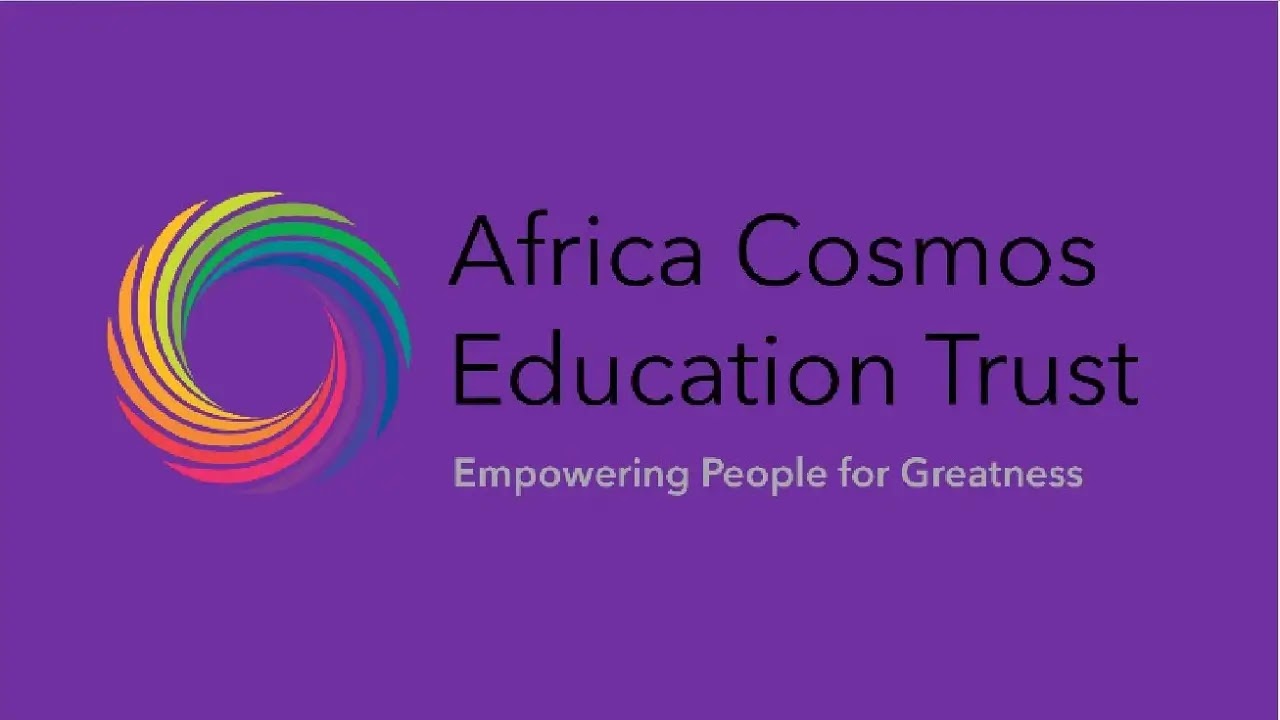Wings of Love
A Teenage Tale of Sea Eagles and Summer Romance on a Beautiful Beach.
There was a beautiful sea beach on the coast of a small island. The water was crystal clear, and the sand was soft and white. The beach was surrounded by towering cliffs and lush green forests, which provided a perfect habitat for the sea eagles that lived there.
One day, a group of teenagers from a nearby town decided to spend their summer vacation on the beach. Among them was a boy named Ryan, who had always been fascinated by the sea eagles that he had seen on documentaries. He had brought his camera with him and was hoping to capture some pictures of the majestic birds.
As he walked along the beach, he spotted a sea eagle perched on a rock. He quickly took out his camera and snapped a few pictures. To his surprise, the sea eagle did not fly away. Instead, it seemed to be looking straight at him.
Ryan felt a strange connection with the bird, and he decided to follow it. He walked along the beach, and the sea eagle led him to a hidden cove. There, he saw a girl named Lily, who was also taking pictures of the sea eagles.
Ryan was struck by Lily's beauty, and he couldn't take his eyes off her. He introduced himself, and they began to talk. They found out that they both shared a love for photography and sea eagles. Ryan was fascinated by Lily's knowledge of the birds, and she was impressed by his camera skills.
Over the next few weeks, Ryan and Lily spent a lot of time together. They explored the beach and the surrounding forests, taking pictures of the sea eagles and the other wildlife they encountered. They shared stories and laughed together, enjoying each other's company.
As their friendship grew, Ryan began to feel something more for Lily. He found himself thinking about her all the time, and he couldn't deny the attraction he felt towards her. He decided to tell her how he felt, and he was relieved when she told him that she felt the same way.
From that moment on, Ryan and Lily were inseparable. They spent every day together, taking pictures and exploring the island. They fell deeper in love with each passing day, and they knew that they had found something special.
One day, while they were sitting on the beach, watching the sunset, Ryan took out his camera and asked Lily to marry him. Lily was overjoyed, and she said yes.
The next few months were a blur of happiness for Ryan and Lily. They planned their wedding and decided to have it on the beach where they had met. They invited their families and friends, and the beach was filled with laughter and love.
As they exchanged their vows, Ryan and Lily looked out at the sea eagles soaring above them. They knew that their love was as free and wild as the birds they had grown to love.
Years later, Ryan and Lily returned to the beach with their children. They showed them the spot where they had met and shared stories of their magical summer together. They watched as the sea eagles still soared high above them, and they knew that their love had been born on that beach, and it would continue to thrive for many years to come.














